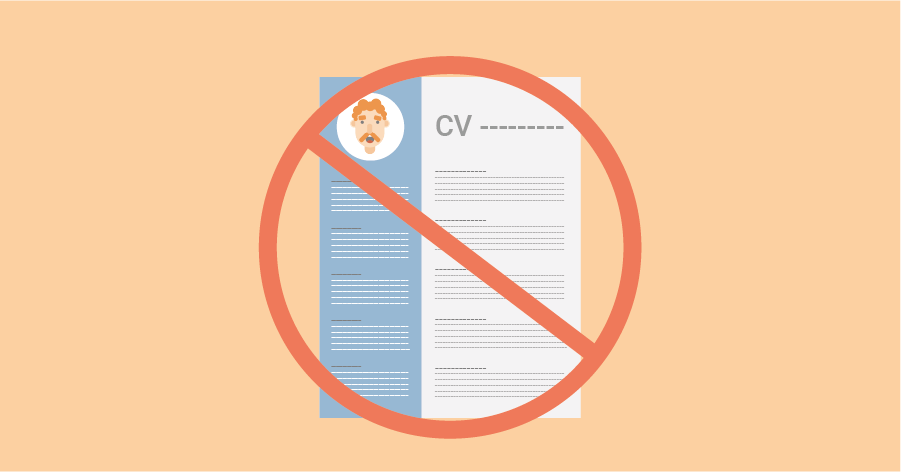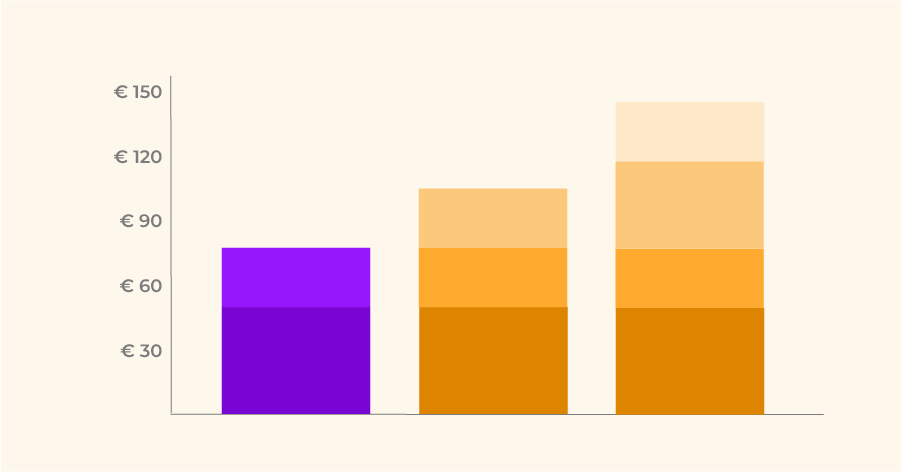In a world where project deadlines are increasingly tight and budgets are under pressure, it’s tempting to immediately hire external resources or recruit new employees for every new assignment. But what if we told you that many of these costs can be avoided? Through strategic resource planning, you can not only avoid unnecessary hiring, but also protect your margins and make the most of your team.
The costly pitfall of reactive hiring
Many organizations still work reactively when it comes to staffing new projects. A new project comes in, there seems to be insufficient capacity, so they quickly hire externally or hire a new employee. The result? Unnecessary costs, underutilization of existing talent and margins that come under pressure.
This reactive approach often arises from a lack of insight into future demand. Without a clear picture of what is planned, it is impossible to make well-considered decisions about staff planning. Headless chicken mode. People are too quick to reach for an easy solution: hire more people.
Predictable planning as a foundation
The key to avoiding unnecessary hiring lies in having a reliable forecast of your future resource demand. Resource planning software makes this possible by collecting all projects, deadlines and required skills in one clear system.
But here lies a crucial pitfall: a forecast is only as reliable as the data it is based on. It is therefore essential that project progress is updated in a disciplined manner. Without up-to-date information about how projects are progressing, how much work remains to be done, and whether deadlines are realistic, forecasts can quickly become outdated.
This places specific demands on resource planning software. The system must not only be able to plan, but also enable simple and intuitive recording of progress information. Employees must be able to enter their actual hours spent, completed tasks and remaining work without this becoming an administrative burden. The software must provide real-time insight into the impact of progress changes on future planning.
With this up-to-date and reliable data, you can not only see when peaks and troughs in the workload occur, but also which specific skills are needed at which times. This enables you to act proactively instead of reactively.
Invest in your current team
An often overlooked alternative to hiring is investing in your existing employees. If your resource planning software shows that you will need specific knowledge in three months, you can choose to have a current employee retrain in this instead of hiring an external consultant.
This strategy offers multiple advantages: you keep knowledge within the organization, increase employee loyalty by investing in their development, and build a more flexible team that can respond to future challenges. In addition, the costs of training are often lower than the costs of external hiring over multiple projects.
Skill mapping for strategic planning
Effective resource planning goes beyond just counting available hours. It’s about matching the right skills with the right projects at the right time. By mapping your current team members to their skills and comparing this to future demand, you gain insight into where the gaps are.
These gaps can then be addressed strategically: through training, through targeted recruitment of permanent employees, or by selectively hiring external expertise for very specific, short-term needs.
Protect your margins with cost-conscious planning
A crucial but often overlooked aspect of resource planning is incorporating commercial and cost price rates. When planning a fixed price project, you need to consider not only who is available, but also what the use of different resources means for your project margin.
Employing a senior employee with a high hourly rate on routine work can completely erode your margin. Conversely, employing a junior employee with guidance can not only be more cost-effective, but also contribute to the development of your team.
Resource planning software that integrates cost prices and commercial rates gives you real-time insight into the financial impact of your planning decisions. You can calculate different scenarios and find the most profitable combination of internal and external resources.
Conclusion
The transition from reactive to proactive resource planning requires discipline and the right tools. We call this impact-led resource planning. The benefits are significant: lower costs, better margins, a more engaged team and customers who benefit from consistent quality.
By predicting future demand, investing in your own people, and planning cost-consciously, you transform resource planning from a cost center to a strategic advantage. In a competitive market, this can make the difference between survival and thriving.
The question is not whether you should improve your resource planning, but how quickly you can start realizing these benefits.




